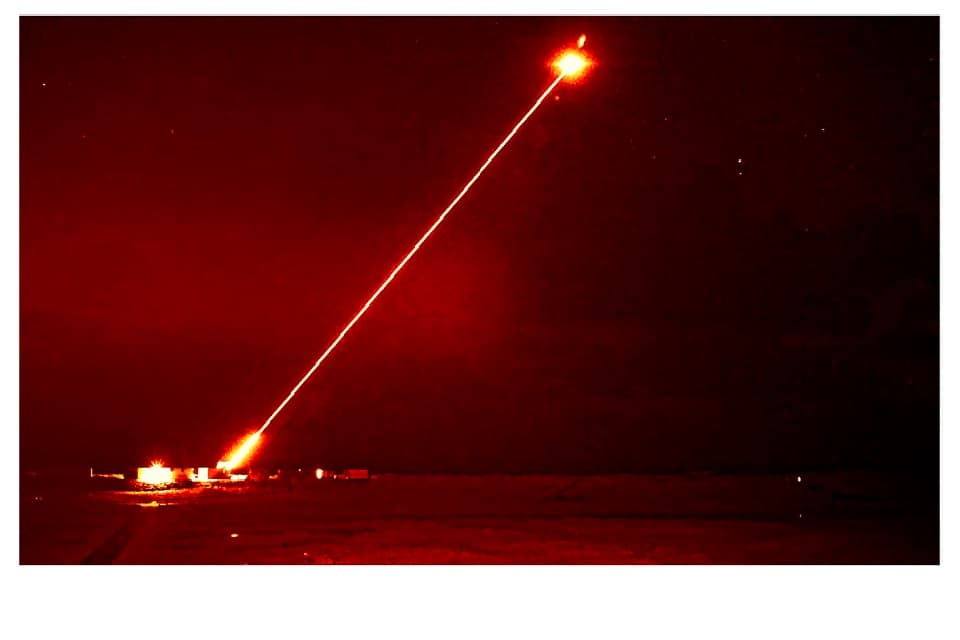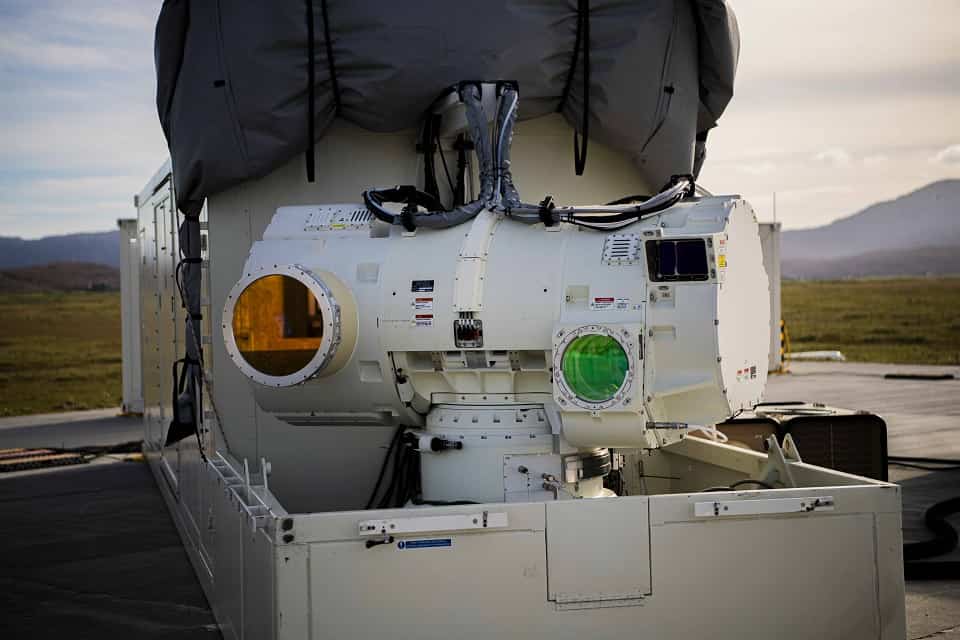Laser weapons have long been explored by militaries around the world, and it’s not hard to see why. Hitting targets at the speed of light with an intense beam of light has obvious advantages, but ensuring the required precision and power required is not easy. This is why the latest announcement of the UK Armed Forces marks some serious progress.

The military laser called DragonFire was trialed at a base in the Hebrides, a group of islands off the coast of Scotland. As is almost always the case with this type of military test, details are scarce. The range of the laser is classified, as is its maximum power. But we do have a precision estimate.
The DragonFire system can hit a coin from 1 km away and can destroy and presumably significantly damage a drone or a projectile from even farther away. Its most likely target would be a drone or another unarmored flying object, but it is a line-of-sight weapon so it could attack pretty much any visible target.
We also know that the laser is pretty cheap. The UK military claims that firing it for 10 seconds costs just around just around than £10 ($12.60) per shot.
During the test, the laser demonstrated its ability to engage “aerial targets at relevant ranges”, marking an important step in this project.
“These trials have seen us take a huge step forward in realising the potential opportunities and understanding the threats posed by directed energy weapons,” says Dr. Paul Hollinshead, Chief Executive of Defence Science and Technology Laboratory.

But, while operating the laser is pretty cheap, the investment that was required to get here is significant. The DragonFire weapon system is the result of a £100 million ($126 million) investment from both the Ministry of Defence and industrial partners. The project was announced and kickstarted back in 2017. But according to Dr. Nick Joad from DST (Defence Science and Technology), it’s all worth it:
“This is a really innovative application of science and engineering and is the fruit of sustained investment and effort. DragonFire uses cutting-edge science and technology and delivers much greater performance than other systems of a similar class. DragonFire provides a step-change in our ability to deal with high-performance and low-cost threats.”
As we’ve seen repeatedly over the past few years, drones are changing the face of warfare. Laser weapons may have practical applications in modern defense, particularly against drones.
Lasers are precise and can target and neutralize drones with high accuracy, minimizing collateral damage. This is crucial in crowded environments or sensitive locations where traditional weapons might cause unintended harm. Laser beams can also hit targets swiftly and silently, being hard to detect and evade. They don’t require conventional ammunition — meaning you don’t have to carry a constant stream of supplies to it, you just need to power the laser.
This particular laser can also defend land and maritime targets from threats such as missiles and mortars — another advantage of laser systems. It’s also small enough to be carried on planes or even in cars.
Despite these advantages, there are challenges and limitations to the deployment of laser weapons, including atmospheric conditions (like fog, dust, or rain) that can scatter or absorb laser beams, cooling requirements for the laser system, and the need for precise targeting information.
Nonetheless, as technology advances, laser systems are becoming increasingly viable for defense against drones, offering a futuristic yet realistic solution to modern security challenges.
This isn’t the only laser weapon in the world. The US army tested its own high-energy weapon in 2022 and is also announcing significant progress.
Ultimately, the UK envisions high-energy laser weapons like Dragonfire aboard its warships, armored vehicles, and fighter aircraft.






